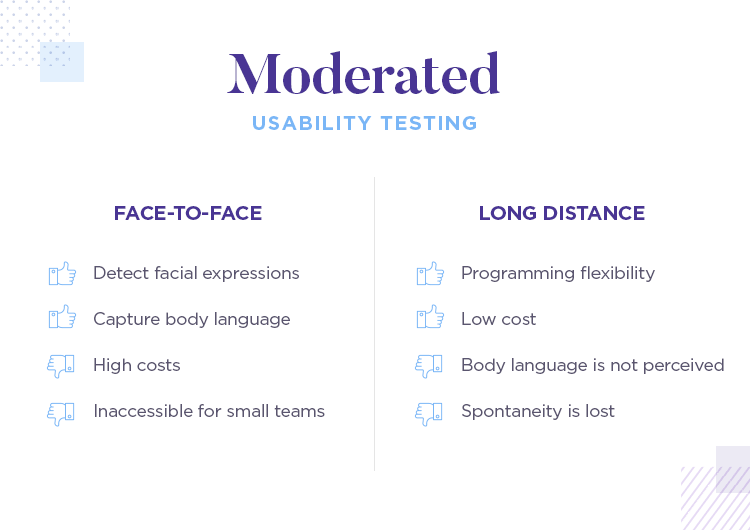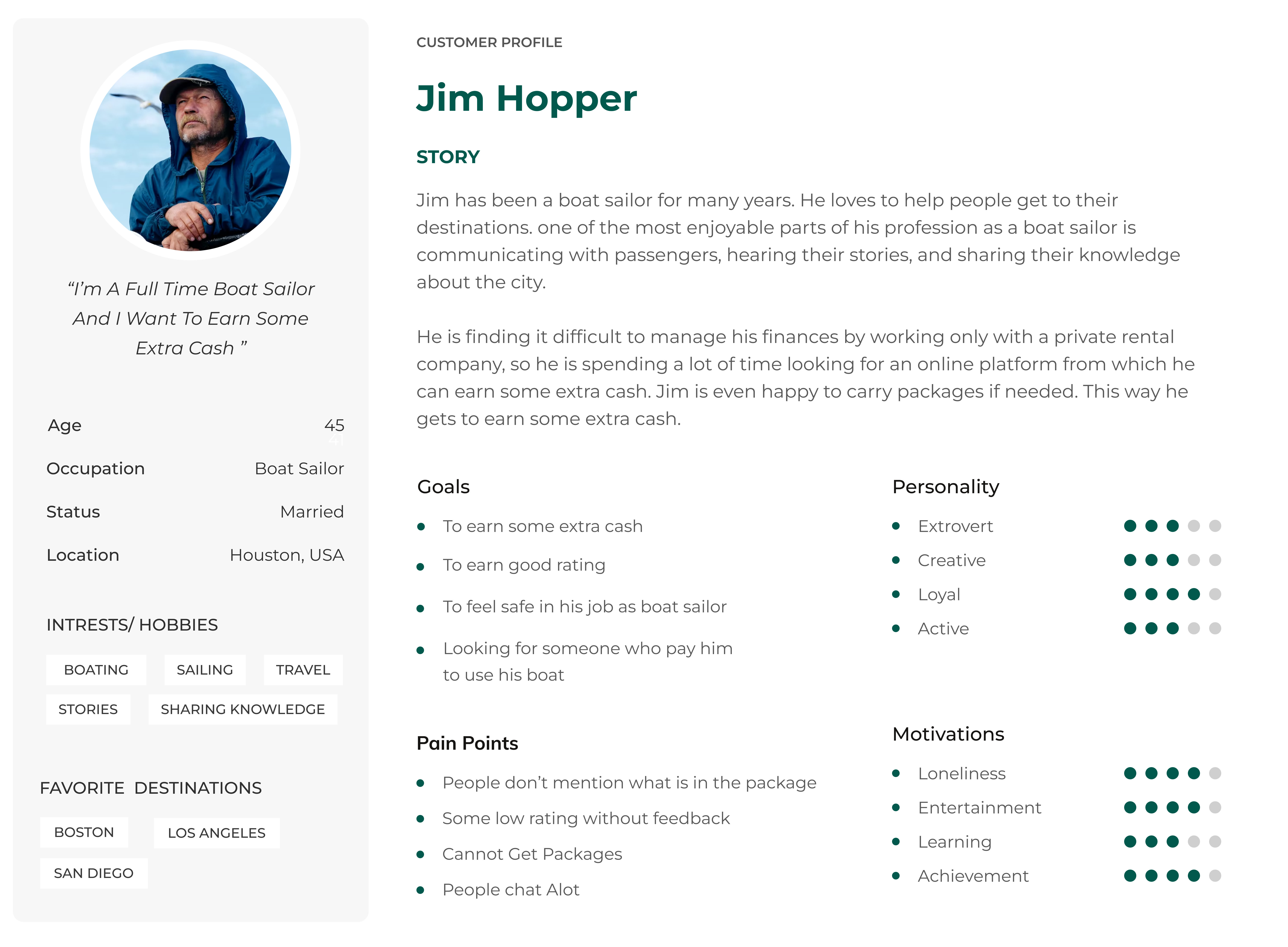
While putting your website online is an important step, it's not the end. Maintaining and reviewing websites is key to their success. There are many factors that you need to take into consideration when creating a website. These include market research, marketing strategies and competent web development team members. Fortunately, the development process has improved over the years, making it easier to get a website up and running.
The right tools can help make the process easier and more cost-effective. This is true whether you're a web designer or novice entrepreneur. A site builder tool can help reduce the time spent putting together your website. WordPress is the best of all available tools. This CMS is versatile and can be used to manage any website. It is a great platform both for professionals and beginners.

WordPress can be customized easily and can host websites of almost any size. You can reuse your site on the platform and move it to another host later. There are many plugins that can enhance the functionality and appearance of your WordPress site.
It's no secret that consumers and businesses are increasingly using mobile devices to access the web. A responsive website that is cross-browser compatible is one way to make sure your website works well on mobile devices. This is especially important if the goal of your mobile marketing campaign is to promote your site. You might also consider including a favicon or small icon on your website's main webpage. Divi, a WordPress theme, can create a custom favicon. You will need to log in to WordPress and navigate to the Theme Customizer to create your custom favicon. After doing so, you'll need to upload your favicon and add it to your website.
Good hosting is another essential requirement when creating a website. A host should be able to keep an eye on the growth of your website. Your host must also be capable of accommodating any changes that you make to your site. A host provider that is able to handle a lot of changes may be the best choice if you plan to make any major site updates.
Google Analytics has more information than most people would need. Use the service for free to track your site’s progress. You can also add Google Analytics tracking codes to make sure that data goes to the right place. This can be a great way of finding out what website visitors are most interested, and which features are the most popular.

Finally, the GDD (Google Data Model) approach is a great way to deliver your product quicker than traditional design methods. Pre-planned checklists will ensure that you don't miss any critical steps in the development process.
FAQ
What is responsive web design?
Responsive Web Design (RWD), is an approach to designing responsive websites. Content will display correctly on all devices, such as smartphones, tablets, laptops, tablets, and desktop computers. This allows visitors to view the website on one device and access other features like buttons, navigation menus, etc. The goal of RWD is to ensure that when a user views a site on any screen size, they view the exact version of the site.
A website that sells primarily through eCommerce would be an example of this. You want your customers to be able to purchase products from your store, even if they are viewing it on a phone.
Responsive websites will adjust their layout according to the device that is being used. It will appear the same as a regular desktop website if you view it on your laptop. However, if you're viewing the page on your phone, it will display differently.
This allows you to create one website that works on all devices.
How do I create a free website?
This depends on what kind of website you're trying to create. Are you looking to sell products, build a website, or create a portfolio online?
You can make an essential website using only HTML and CSS (a combination of HyperText Markup Language and Cascading Style Sheets). Although HTML and CSS can be used to create simple websites, web developers prefer using a WYSIWYG editor like Dreamweaver or Frontpage.
A freelance developer may be the best choice if you don't have any experience in designing websites. They can help you create a custom website based on your needs.
A freelance developer can charge you a flat fee per project or hourly rate. It all depends on how much work they do in a set timeframe.
One example is that some companies charge $50-$100 for an hour. Larger projects will usually attract higher rates.
You can also find jobs on many freelance websites. You could search there first before contacting potential developers directly.
How to Create a Static Website
To create your first static website, you'll need to choose between two options:
-
A Content Management System (also known as WordPress): WordPress: This software can be downloaded and installed on your computer. This will allow you to create an essential website.
-
How to Create a Static HTML Website. In this instance, you will need to write your HTML/CSS codes. It's not hard to do if you already understand HTML.
If you plan to build a large website, you may want to consider hiring an expert to create your static website.
Start with option 2.
Do I have to use a template?
Yes! When creating websites, many people use pre-built templates. These templates contain all the code needed to display information on your page.
These are some of the most requested templates:
WordPress – One of the most well-known CMSes
Joomla - Another popular open source CMS
Drupal - an enterprise-level solution that large organizations use
Expression Engine – A Yahoo proprietary CMS
There are hundreds of templates available for every platform. It should not be difficult to find the right one.
Statistics
- When choosing your website color scheme, a general rule is to limit yourself to three shades: one primary color (60% of the mix), one secondary color (30%), and one accent color (10%). (wix.com)
- In fact, according to Color Matters, a signature color can boost brand recognition by 80%. There's a lot of psychology behind people's perception of color, so it's important to understand how it's used with your industry. (websitebuilderexpert.com)
- Studies show that 77% of satisfied customers will recommend your business or service to a friend after having a positive experience. (wix.com)
- Is your web design optimized for mobile? Over 50% of internet users browse websites using a mobile device. (wix.com)
- The average website user will read about 20% of the text on any given page, so it's crucial to entice them with an appropriate vibe. (websitebuilderexpert.com)
External Links
How To
How to become an internet developer?
Websites are more than just HTML code. It's an interactive platform that allows you to communicate with users and deliver valuable content.
Websites are more than just a way to deliver information. They can also be a gateway to your business. It should allow customers to quickly find what they need, while also showing how you want them interact with your business.
The best websites allow users to do exactly the same thing they came here to do: search for what they need and then leave.
You'll have to learn technical skills and design aesthetics to achieve this goal. You will need to know HTML5 coding basics and CSS3 styling, along with the latest developments in JavaScript.
A variety of tools are required, including InDesign, Photoshop, Illustrator and Fireworks. These tools enable designers to create website graphics and layouts. The style guide includes everything you need, from fonts, colors, and layout.
To learn more about becoming a web designer, you can start by reading articles or taking online courses.
It might take months or years to complete your degree program, but once you've earned a degree, you'll be ready to enter the workforce.
Don't forget to practice! It will be easier to create great websites the more you learn how to design.